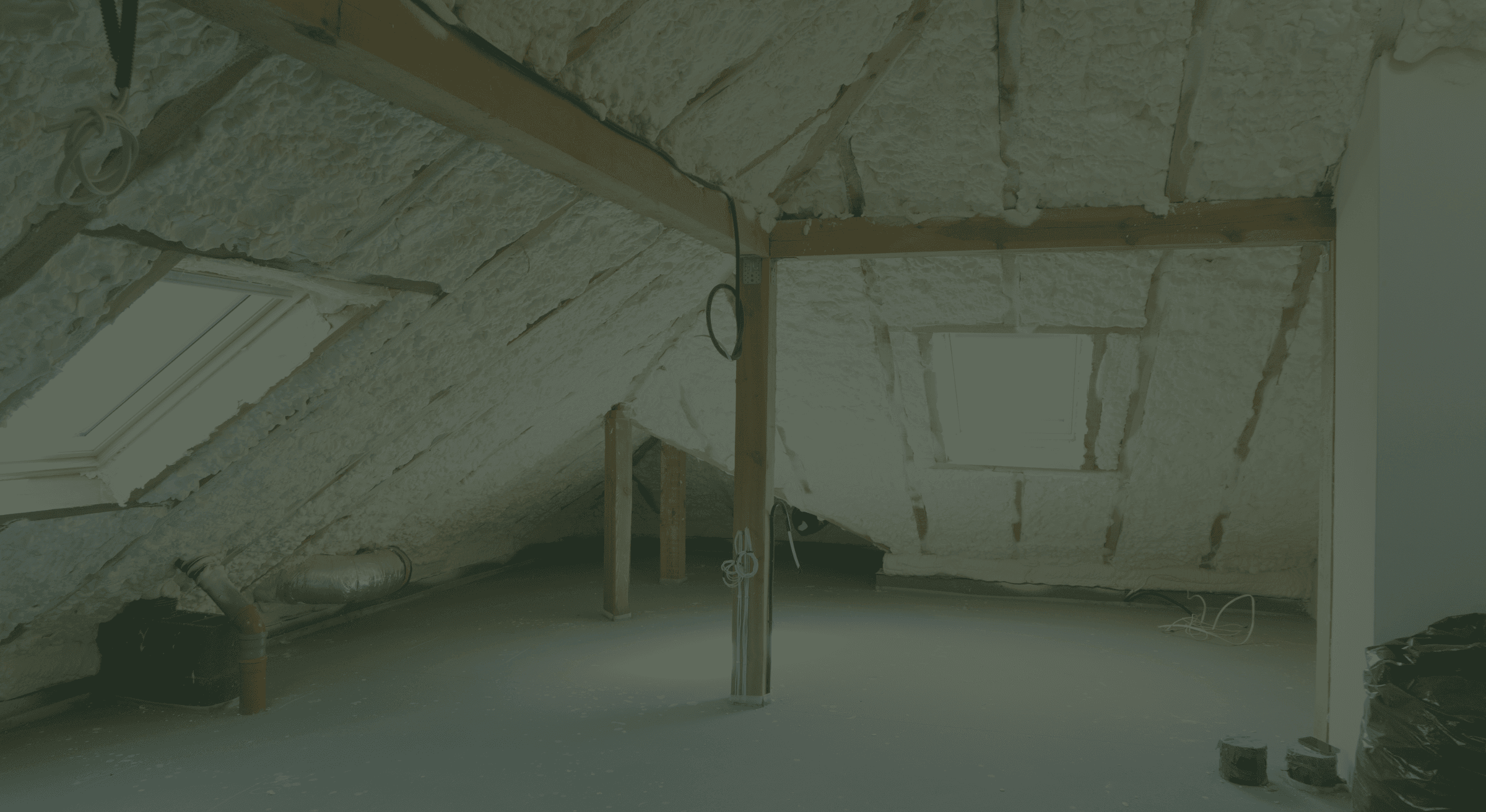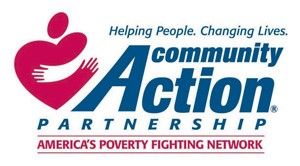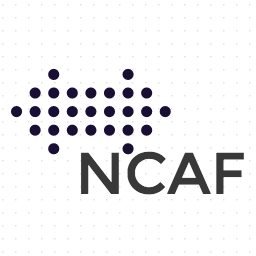
Types of Weatherization Services
Each household is visited by an energy auditor who decides which conservation measures will be most effective for the home. There are nine general categories from which the auditor may choose based upon their ability to save energy.
General Heat Waste: Measures the reduced air infiltration and heat loss in the home. This typically includes caulking and weather stripping which in recent years has been guided by the use of a blower door.
Attic Insulation: Insulation is installed.
Wall Insulation: Wall insulation is installed.
Floor Insulation: Floor insulation is installed in floors over unheated basements or crawlspace and in mobile home bellies.
Perimeter Insulation: The insulation of the interior or exterior of the foundation depending upon existing conditions.
Windows: The installation of a series of window treatments that prevent or mitigate heat loss. These include the installation of storm windows.
Doors: The installation of a series of door treatments to reduce heat loss including repair and replacement.
Furnace Efficiency Measures: Includes testing of heating systems for efficiency and safety purposes. Repair and/or replacement is allowed based on energy efficiency and savings to an investment ratio.
Building Repair: This measure includes a variety of repairs to the house structure which are necessary to protect the integrity of eligible weatherization measures.
Each energy conservation measure must return a minimum of $1.00 in savings for every $1.00 expended in labor and material costs (also called an SIR requirement). After the job is completed and inspected by the agency, the client is asked to sign off on the work. Each agency will stand behind their work for a period of one year.






